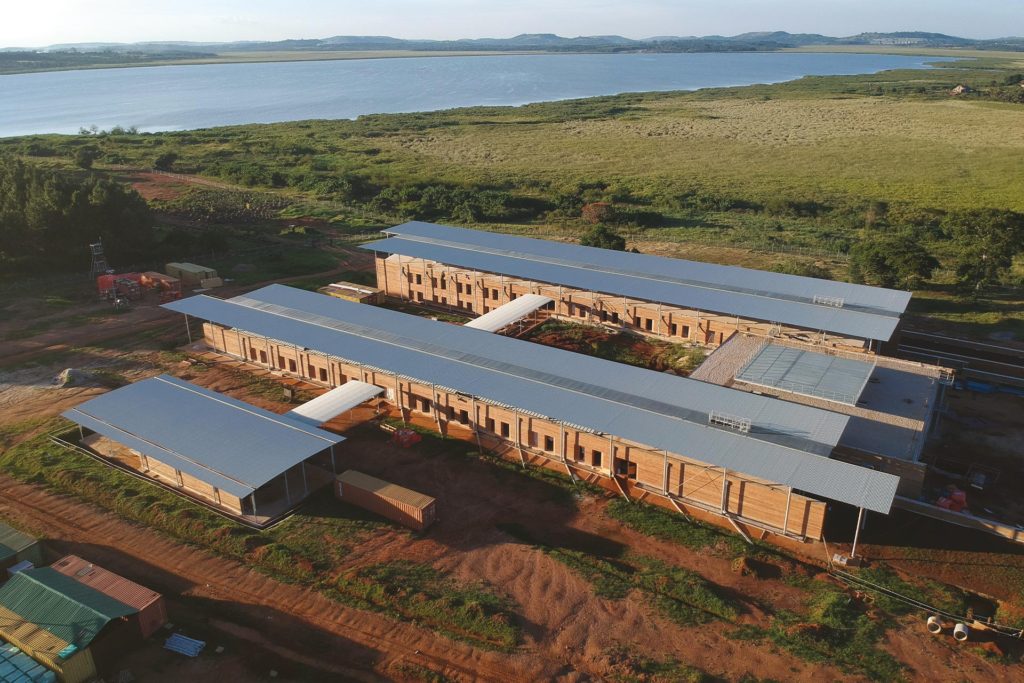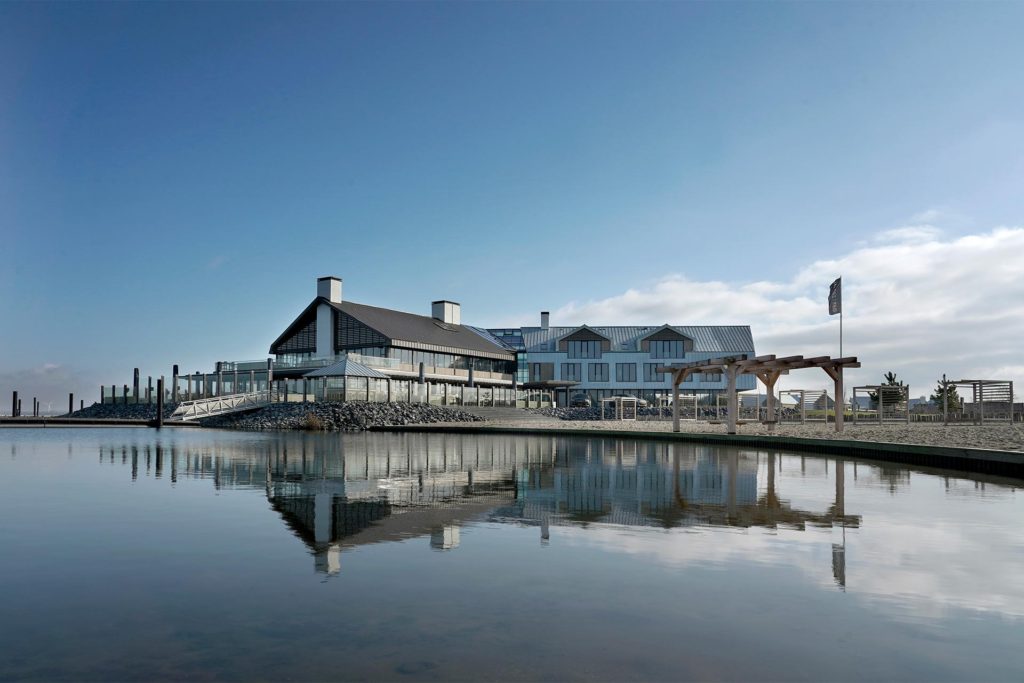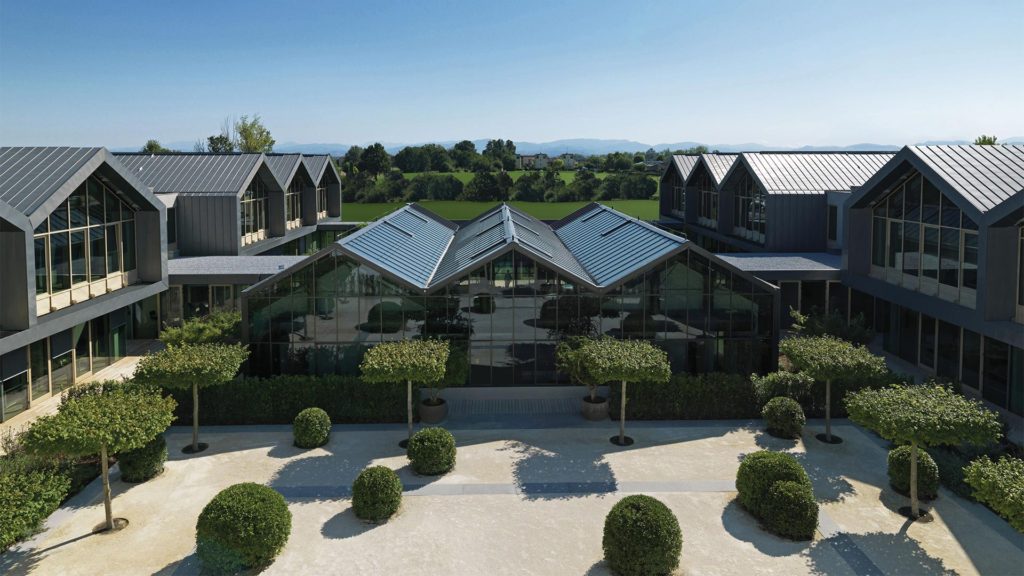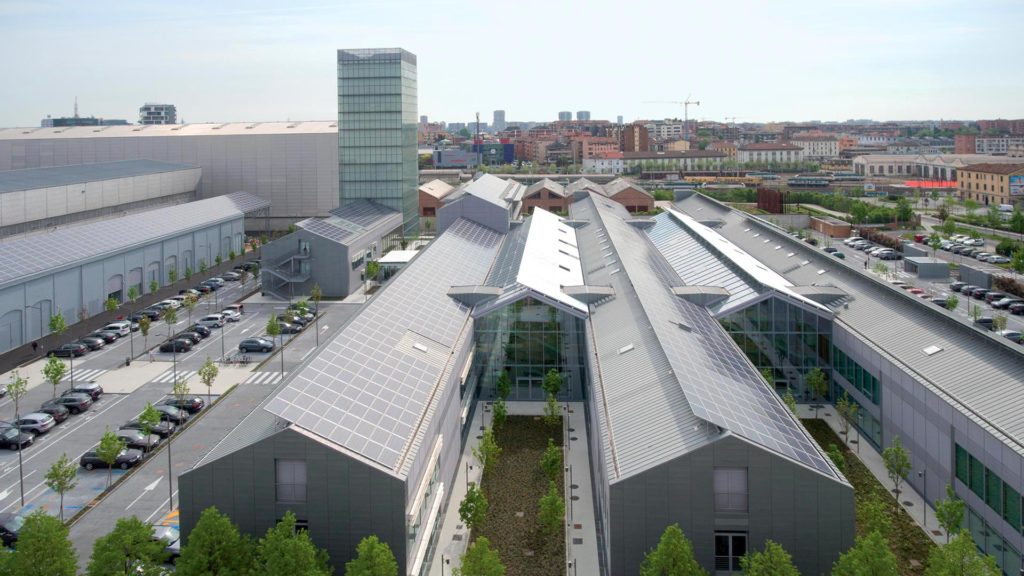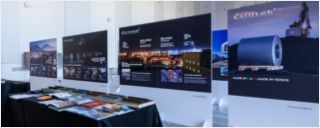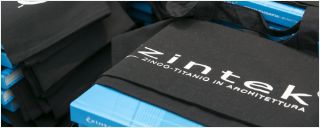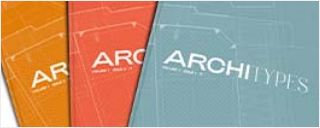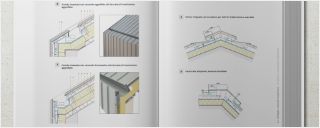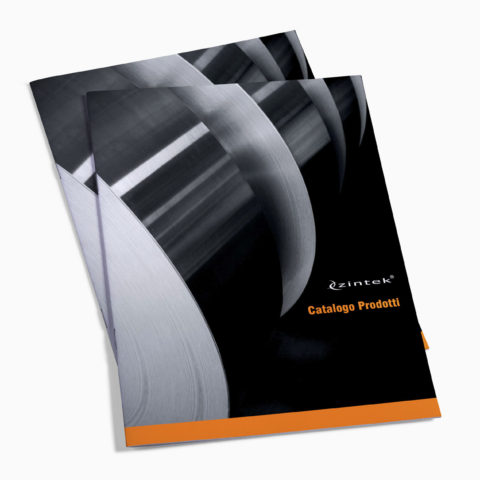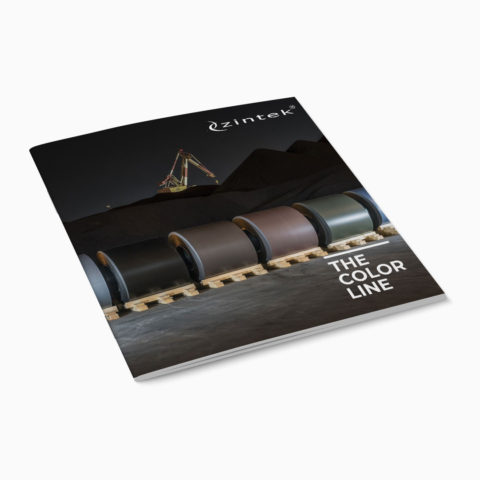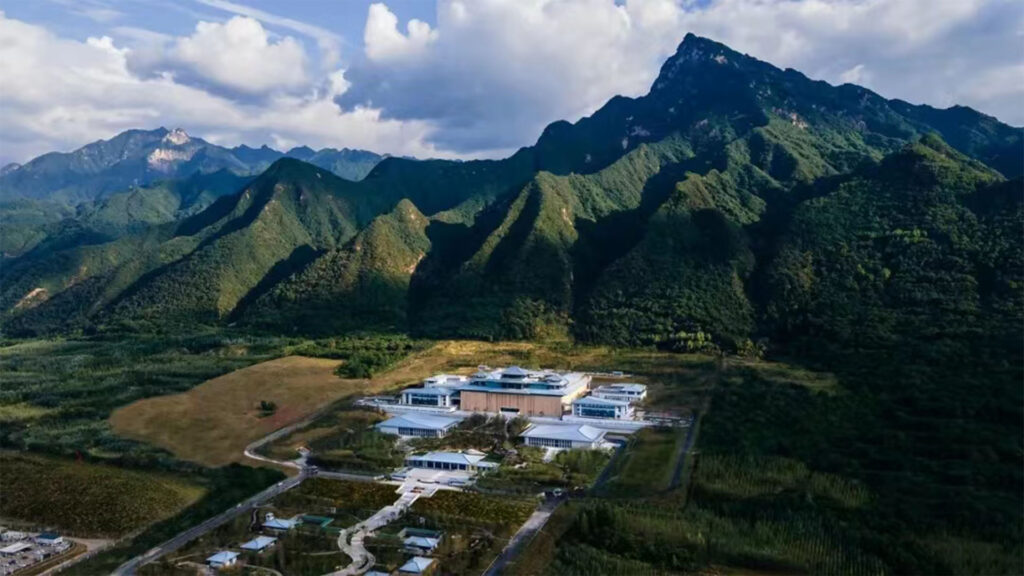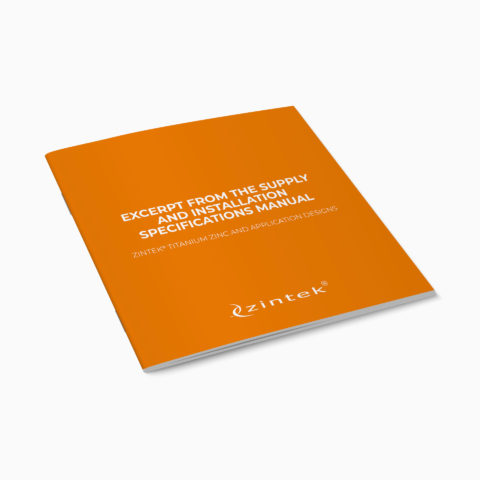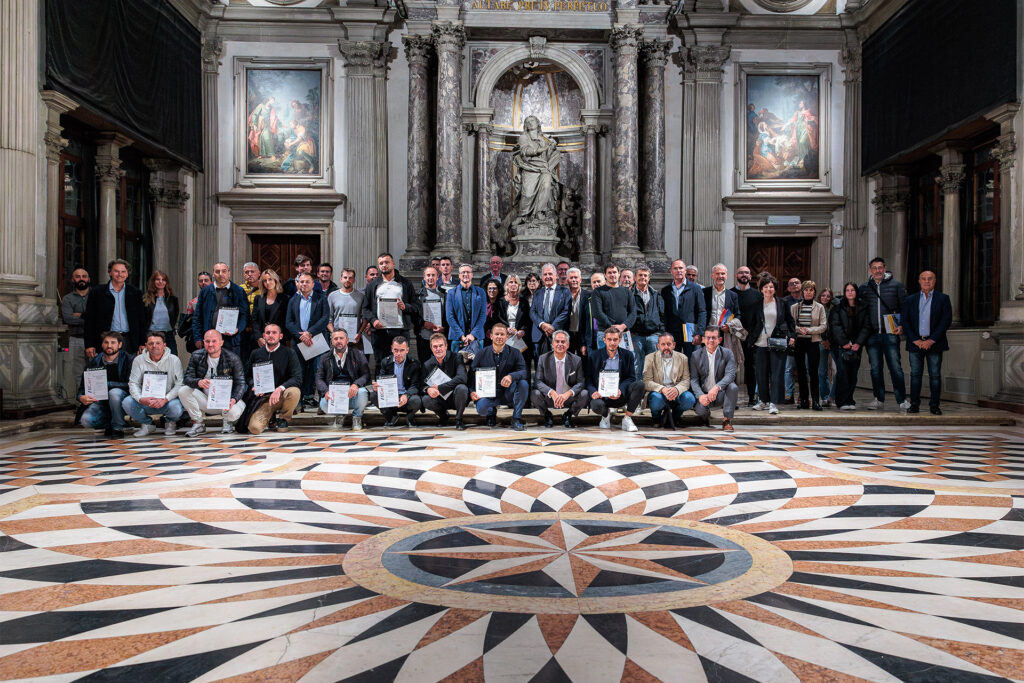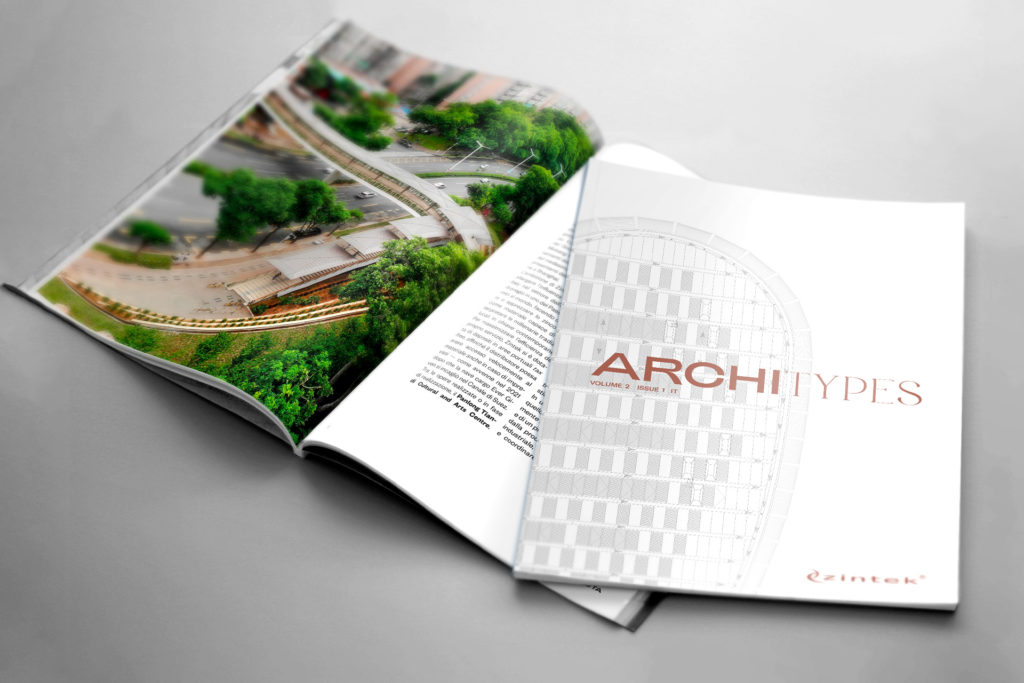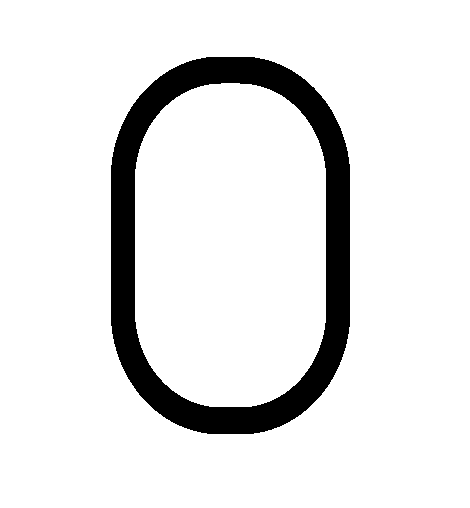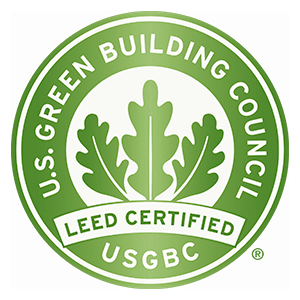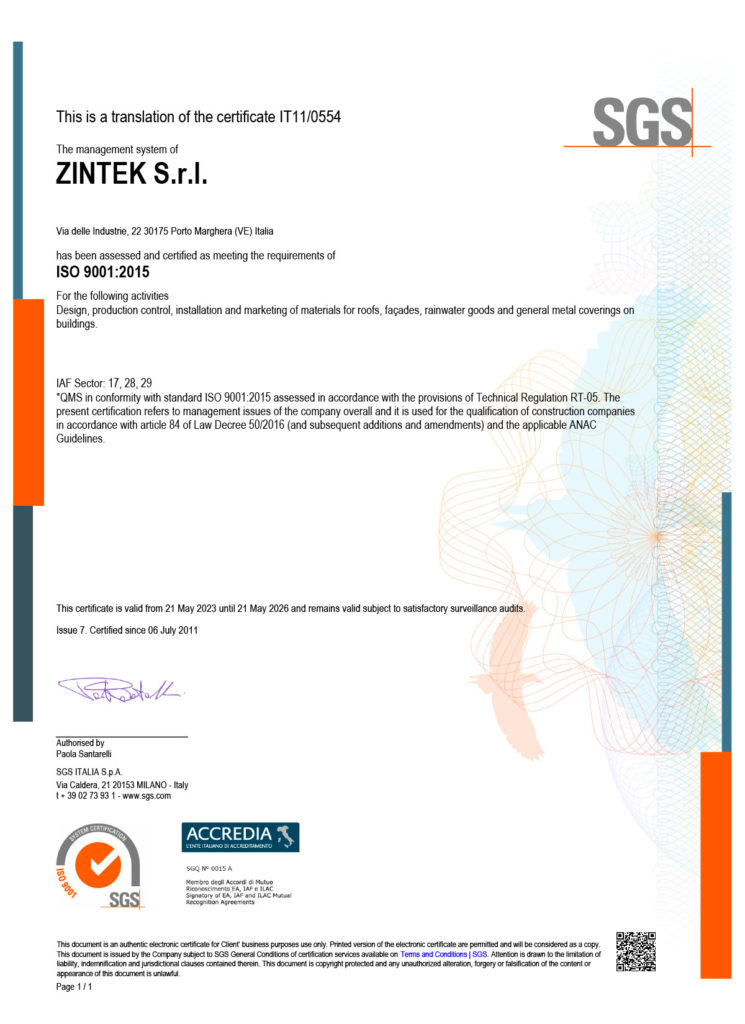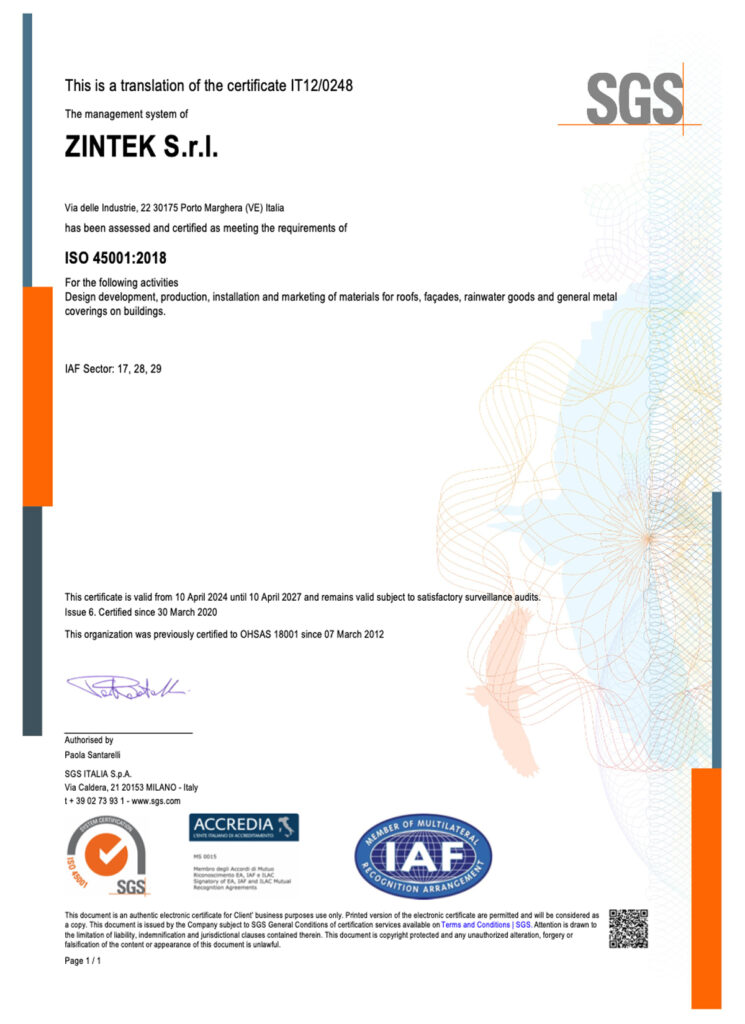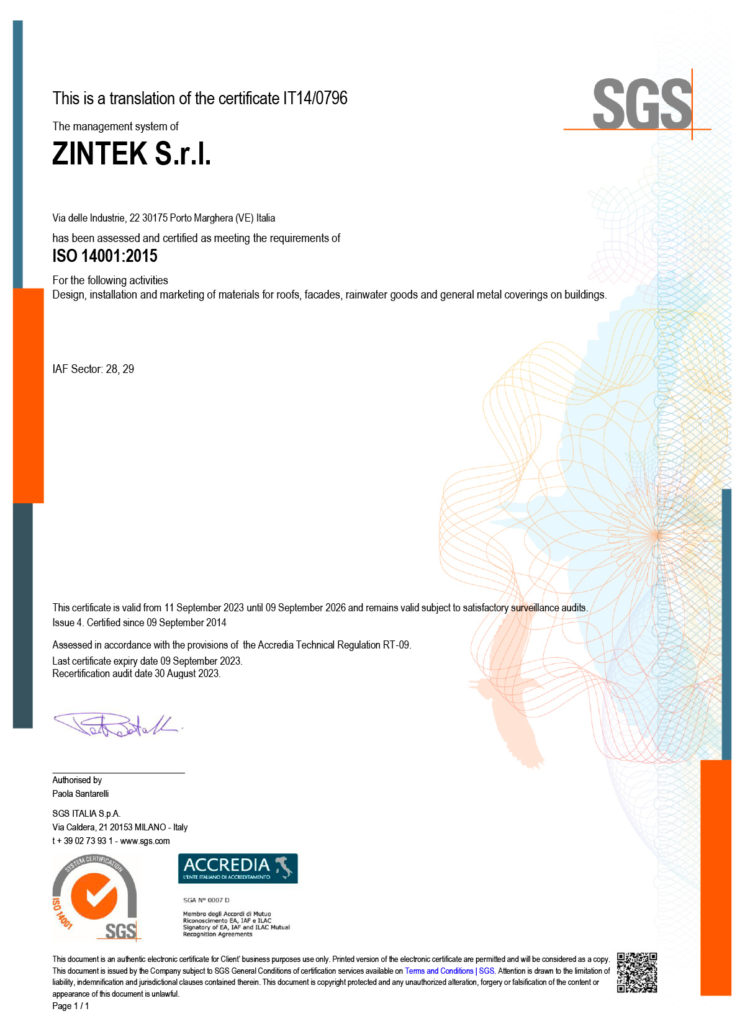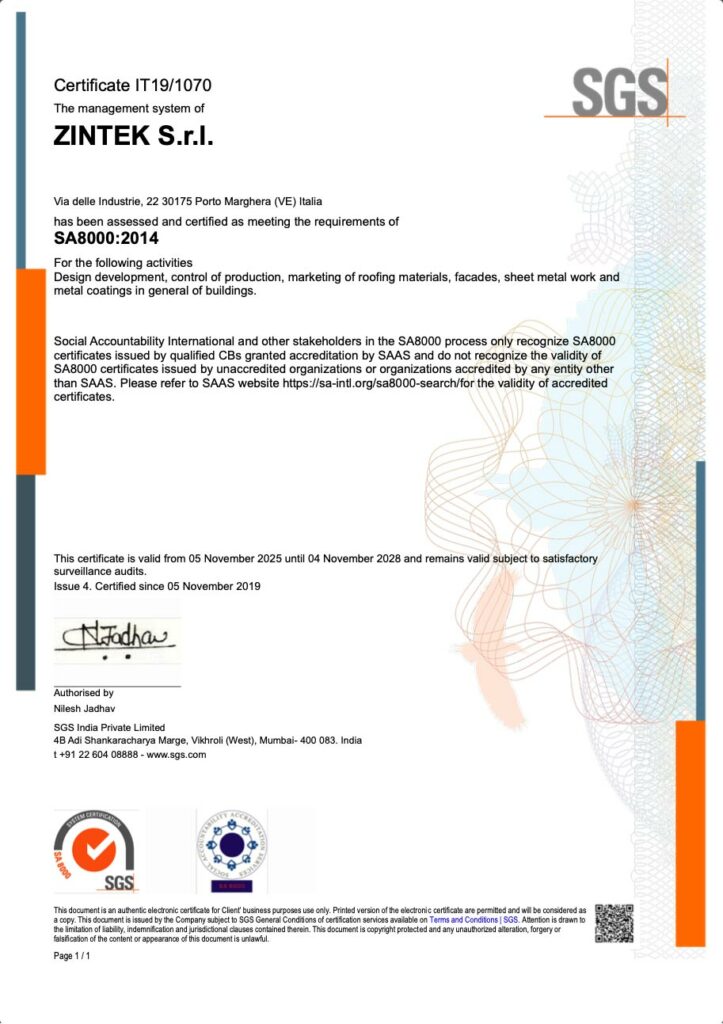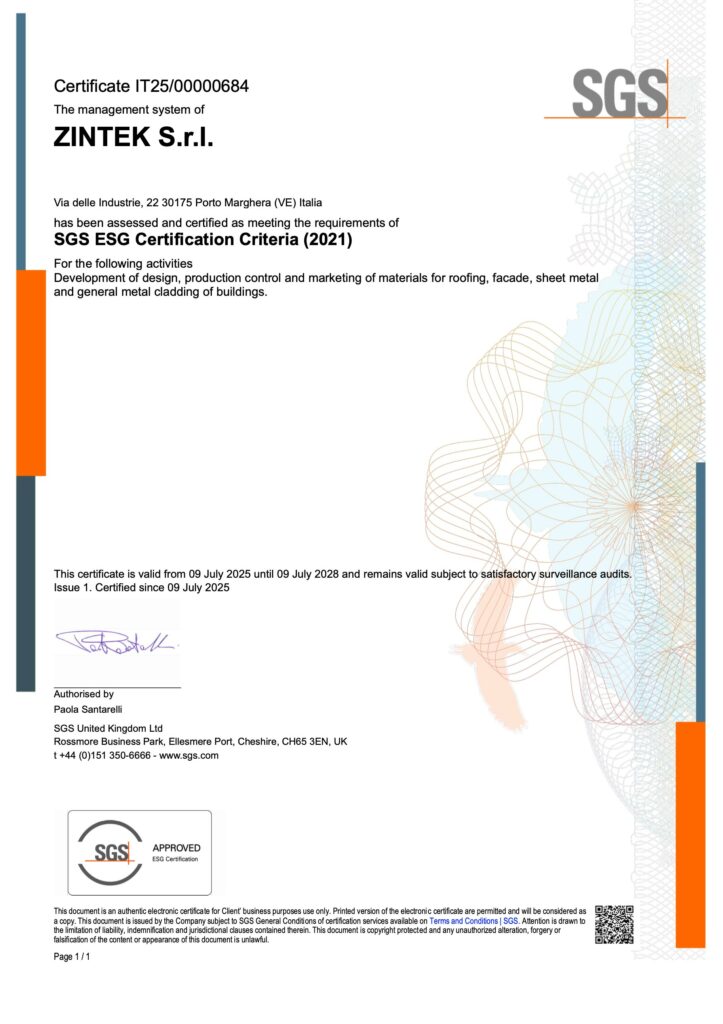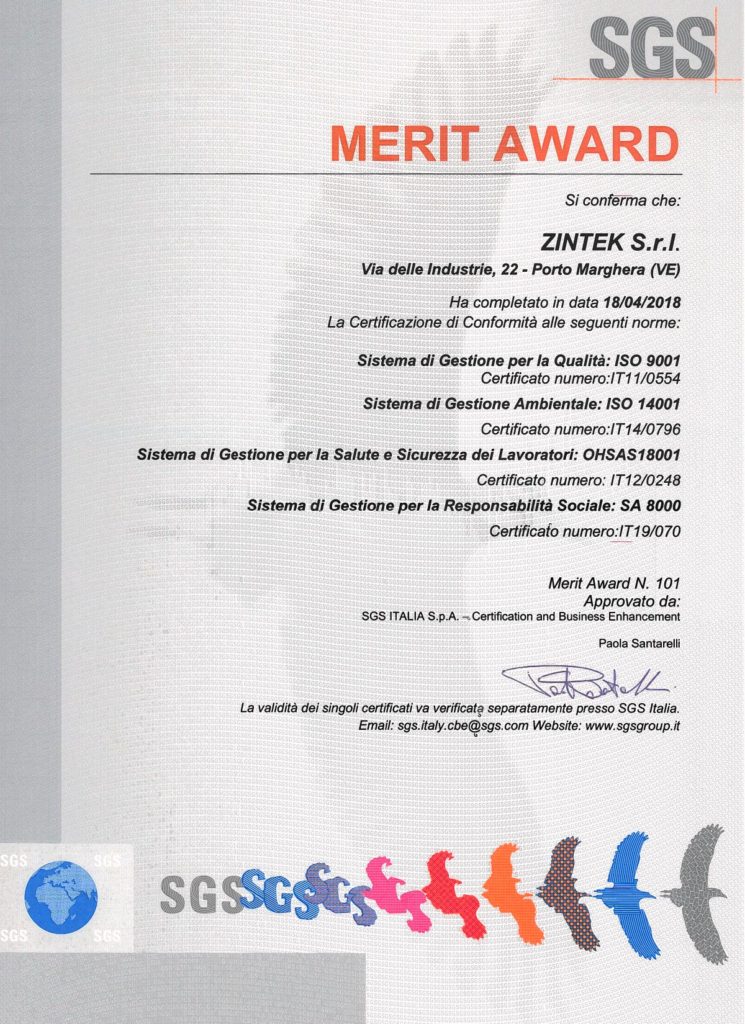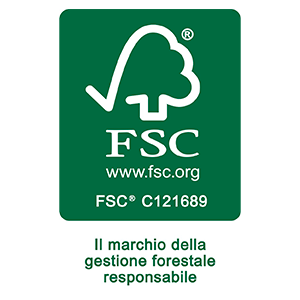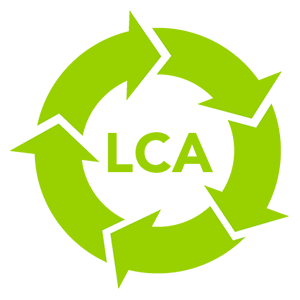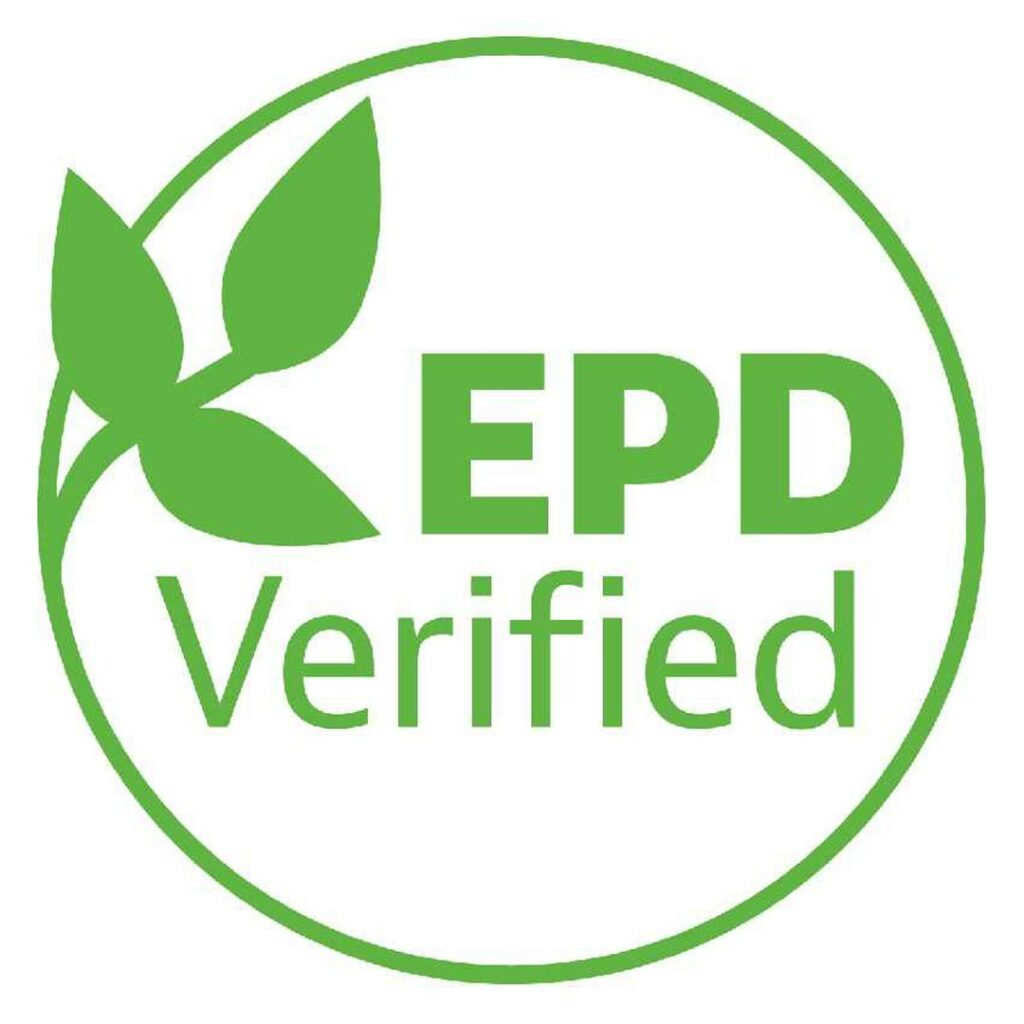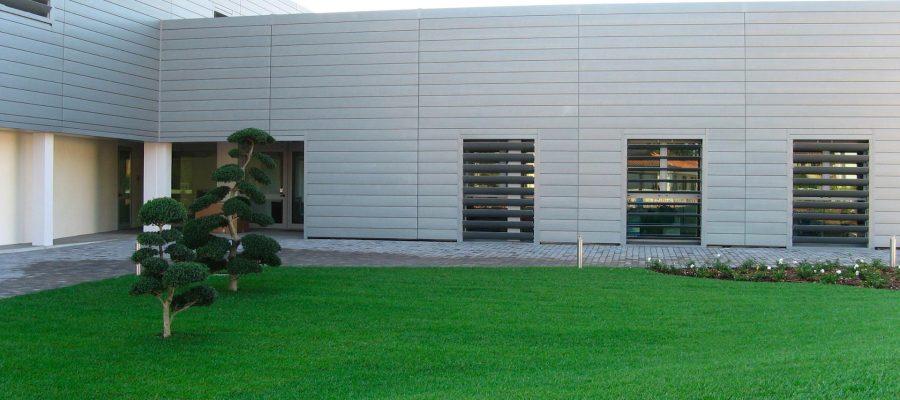
The system was created in the United States in 1998 by the U.S. Green Building Council (USGBC), and has currently reached its fourth version, released in 2013 and destined to replace all other circulating versions starting from mid-2015.
The LEED system was created to:
- define the concept of “green building” according to a shared standard;
- promote virtuous design practices;
- identify and reward companies in the construction sector which prove their sensitivity towards the environment;
- stimulate competition in the development of designs and materials;
- increase the perception of the benefits of so-called green architecture.
The LEED system is based on the combined evaluation of a series of prerequisites and credits, divided into sections. The prerequisites of each section are mandatory for inclusion in the classification; credits vary according to the characteristics of the project. The sum of the credit scores (from a minimum of 40 to a maximum of 100 points) determines the certification level: Basic, Silver, Gold and Platinum.
The areas taken into consideration for assigning credits are the following:
- SS Sustainability of the worksite
- GA Water management
- EA Energy and atmosphere
- MR Materials and resources
- QI Quality of internal air
- IP Design innovation
- PR Regional priority
The LEED system does not regard the zintek® laminate directly, but does involve it as an element which can help obtain credits.
Zinc composite cladding made with zintek® allows to obtain prerequisites and credits in the following areas:
- SS Sustainability of the worksite:
- SSp1 – Prevention of pollution due to building site operations
- SSc7.1 and SSc7.2: Heat island effect (external surfaces and roofing solutions)
- EA Energy and atmosphere:
- EA1 – Optimization of energy performances
- MR Materials and resources:
- MRc4 – Recycled content
- MRc5 – Materials extracted, processed and produced at close distance (for projects within 350 km from the production centre)
- MRc7 – Certified wood

